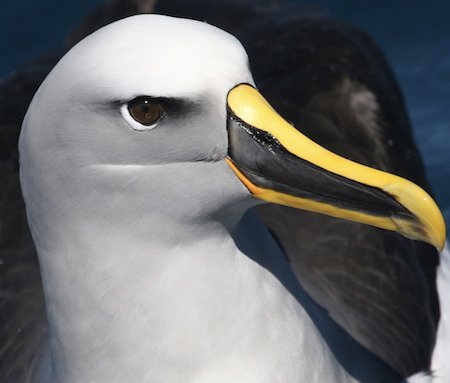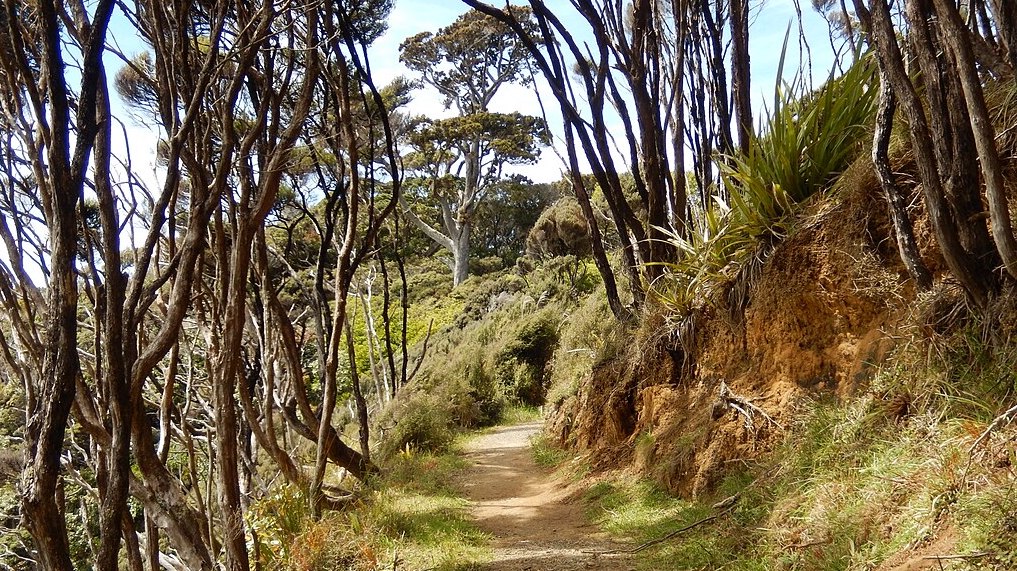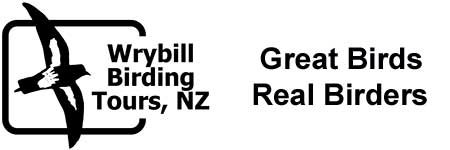Stewart Island/Rakiura

Stewart Island / Rakiura is New Zealand’s third-largest island, located 30 kilometres (16 nautical miles) south of the South Island, across the Foveaux Strait. It is a roughly triangular island with a total land area of 1,746 km2 (674 square miles). Its 164-kilometre (102 mile) coastline is deeply creased by Paterson Inlet (east), Port Pegasus (south), and Mason Bay (west). The island is generally hilly (rising to 980 metres or 3,220 feet at Mount Anglem) and densely forested. The geography of Stewart Island varies, with windswept sub-Antarctic terrain at the southernmost end, long golden sandy beaches, rivers, sheltered inlets, rugged coastline and ranges, and lush rain forest. Its position and geography creates its own microclimate, particularly on the north eastern aspect, sheltered from weather from the south by the internal geography of the island. This aspect has many sheltered bays teeming with sea life and lush, rain forest, rich with bird and plant life, and is the site of Stewart Island’s only town, Oban on the harbour of Halfmoon Bay.
Almost all the island is owned by the New Zealand government, and around 85% of the island is set aside as the Rakiura National Park. Stewart Island’s economy depends on fishing and summer tourism. Its permanent population is just 408 people most of whom live in the settlement of Oban on the eastern side of the island. Ferries connect the settlement to Bluff in the South Island. Stewart Island is part of the Southland District for local government purposes. Rakiura is the Maori name for Stewart Island – meaning the land of the glowing skies for the spectacular sunrises and vibrant sunsets, and the Aurora Australis or southern lights phenomenon lucky visitors may witness.
Birding Stewart Island
It is often referred to as New Zealand’s best kept secret for its unspoilt rain forest and coastline and abundant rare flora and fauna. Flightless birds, including penguins, thrive because there are few introduced predators. It is also known by many as the best place in New Zealand for bird watching because of the number of different species and high population numbers in easily accessible terrain. You will see many of New Zealand’s rarest species at Stewart Island – some not viewable anywhere else in the New Zealand or indeed the world.
Stewart Island’s lush rain forest and sea-life rich shores are home to many species of native bird. Relatively predator free, the main township of Oban enjoys daily encounters with abundant bird life. Tui, Bellbird, Kereru (native pigeon), Fantail and Kaka are everywhere and frequent visitors to homes and gardens. Visitors will most likely have raucous Kaka noisily flying in to see what is on offer, or a curious Weka may wander past. Both these species aren’t shy and will take a snack from your hand! Stewart Island is one of the best paces in New Zealand to spot a kiwi. Kiwi watching tours depart each evening during the season. Some visitors may be lucky enough to see the Stewart Island Kiwi during daylight hours on a hiking trail or in the forest, as Stewart Island Kiwi are uniquely diurnal as well as nocturnal.

Rakiura Track between Little River and Maori Beach ©AlasdairW
There are numerous easy day walks along coast or through forest trails close to Oban town, which vary from a few minutes to a couple of hours duration. Keen hikers can take the Rakiura Track, Southern Circuit or Northwest Circuit of some days duration and a variable level of difficulty.
One of the best places to see many of New Zealand’s forest bird species is on the predator free Ulva Island Sanctuary. You can take a guided tour, or travel independently by a short water taxi trip. Ulva Island’s rain forest trails sing with bird life. You will likely see Tits, Fernbird, the rare Stewart Island Robin and Saddleback and possibly other rare species as well as many Kaka, Bellbird, Tui, Kereru, Parakeets, and Weka. On Ulva Island’s Sandy beaches you will see Oystercatchers, Penguins and other coastal seabirds.
Several endangered species recovery programs operate on Stewart Island and surrounding islands, including part of the Kakapo Recovery Program on Codfish Island. Only 86 Kakapo remained in the world in 2006, when, for the first time, the public were able to view one of these kakapo; ‘Sirocco’ a non-breeding male was transferred to a secure enclosure on Ulva Island for 10 weeks. Viewing trips were held each evening and visitors could get to within a perspex pane of Sirocco. This was a very special event which attracted birders from around the world for a once in a lifetime experience. These days, the only way to see one is to be lucky enough to be one of those volunteers chosen to help with their conservation. By 2022 numbers had risen to 252 birds, back from the brink, but still a long way to go.
Any boat trip – whether to Stewart Island by scheduled ferry or charter boat from Stewart Island will afford viewing of many pelagic species including Albatross, Petrels and Shearwaters (including the Sooty Shearwater, Titi or Muttonbird), as well as Gulls, Terns, Skuas, Cormorants and Penguins. Penguins are a common sight around Halfmoon Bay, and many other bays and coastline. You will see Little Blues swimming at Lonneker’s Beach (a short walk from the township of Oban) and Crested Penguins and the rare and endangered Yellow Eye on coastline and beaches around Patterson Inlet and on Ulva Island.
-
Callum & Samantha Gray
Stewart Island | sp8z@ihug.co.nz
https://www.facebook.com/pages/Kakapo-Cottage/47928686199
-
Ulva Island Charitable Trust
WebsiteThe Ulva Island Charitable Trust was by a group of like minded Stewart Islanders in order to assist restoration and infrastructure work on the open sanctuary of Ulva Island. The idea of hosting a Kakapo was made possible by two years of negotiation with the Department of Conservation Kakapo Recovery group, and the availability of 'Sirocco', a hand reared male who is not involved in the breeding programme
-
Codfish Island/Whenua Hou
WebpageSatellite ViewThe best kākāpō habitat is protected forest sanctuaries that offer natural vegetation, shelter and safety from introduced mammals such as stoats, cats, rats and mice. -
NP Rakiura
WebpageSatellite ViewRakiura National Park is located on Stewart Island/Rakiura. It encompasses a network of former nature reserves, scenic reserves, and state forest areas. -
Ulva Island
InformationSatellite ViewUlva Island is really lovely - worth spending a whole day on, if you have the time. It's cool under the podocarp forest, and 4km or so of well-formed tracks make for easy walking. The flora is fascinating, with all kinds of mosses and ferns and trees and epiphytes, and there are great views from the beaches, especially of the little islets just off-shore. But it is as a bird sanctuary kept free of predators - one of the few in New Zealand open to the public - that Ulva Island is unique… -
Ulva Island Open Sanctuary
PDF BrochureSatellite ViewThe story of the Ulva Island Sanctuary probably starts with the efforts of Charles Traill, the first Postmaster, who persuaded the Government of the day to have the Island declared a reserve over 100 years ago…
-
Aurora Charters
CruisesImagine cruising through crystal clear waters, taking in the spectacular views of Rakiura National Park. Walk through native bush and listen to the song of native birds all around... -
Ruggedy Range
Tour OperatorRuggedy Range -
Ulva's Guided Walks
GuideWhat better introduction to Rakiura (Stewart Island) could you wish for than a guided walk with a direct descendant of the first peoples of this beautiful Island?
-
2017 [01 January] - Forrest Rowland
PDF ReportWe had the good fortune to visit Stewart Island -the least-populated of the biggerislands of New Zealand. Undoubtedly,the most special segment of the tour was aboard the Spirit of Enderby, cruising south through the Snares and Auckland Islands -few ‘kiwis’themselves have everventuredto these protected islands. -
2019 [11 November] - Andy Walker
PDF Report...before commencing our journey south to the bird-rich Stewart and Ulva Islands where we took part in a pelagic trip and a kiwi safari.
-
Kakapo Cottage
AccommodationFabulous views of Half Moon Bay and native forest reserve. 5 minutes walk to Oban town centre and main attractions. 5 minutes walk to Golden Bay and the water taxi to Ulva Island - the only place in the world you can view the rare Kakapo parrot and many other rare native flora and fauna. Many native birds coming right up to the house and close by in Native Forest. Wake up to the sea glistening in the bay and the birds singing. Views from master bedroom, lounge, bunk room and sunny deck. Stewart Island is home to our newest national park… -
Stewart Island Lodge
AccommodationAn unspoiled Island retreat nestled in the natural beauty of a bush setting in Halfmoon Bay, Stewart Island Lodge has unsurpassed views of the bay and surrounding hills. The large garden is host to many native birds, including native parrots, and many birds can be viewed right from our terrace.
-
Stewart Island Birds
WebsiteStewart Island offers some of the best land and sea birding in New Zealand. Bird watchers come from all over the world to enjoy our birds

